11
By the end of this chapter, you will be able to:
- Recognize the differences between primary, secondary, and tertiary sources. (GEO 1; SLO 2)
- Triangulate your research by collecting evidence from electronic, print, and empirical resources. (GEO 2; SLO 2)
- Assess whether sources are reliable and trustworthy. (GEO 4; SLO 2)
Now that you have figured out your working thesis and research plan, you are ready to start collecting sources. In this chapter, you will learn how to find a variety of primary and secondary sources that will help you research your topic and uncover useful evidence.
Types of Sources: Primary, Secondary, and Tertiary
Professional researchers tend to distinguish between three types of sources: primary, secondary, and tertiary sources. All are important for doing reliable research.
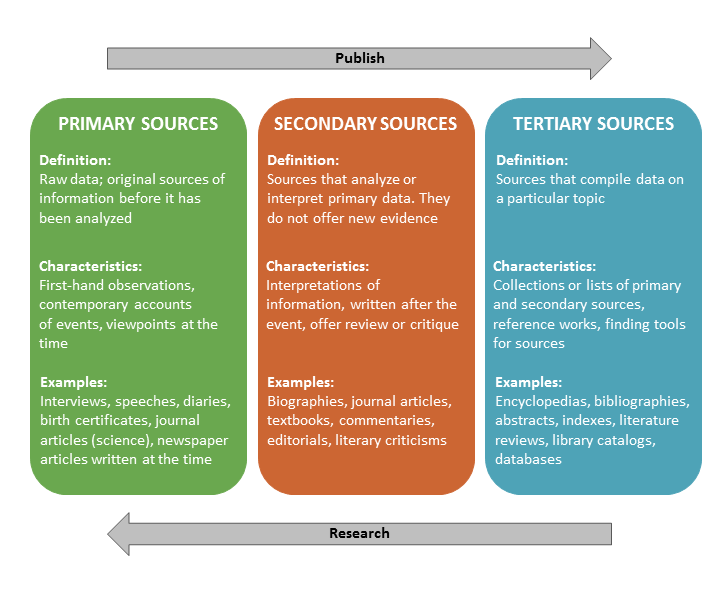
Primary Sources
Primary sources are the actual records or artifacts, such as letters, photographs, videos, memoirs, books, or personal papers, that were created by the people involved in the issues and events you are researching (Fig. 11.1). These sources can also include any data, observations, or interview answers that you or others collected from empirical methods.
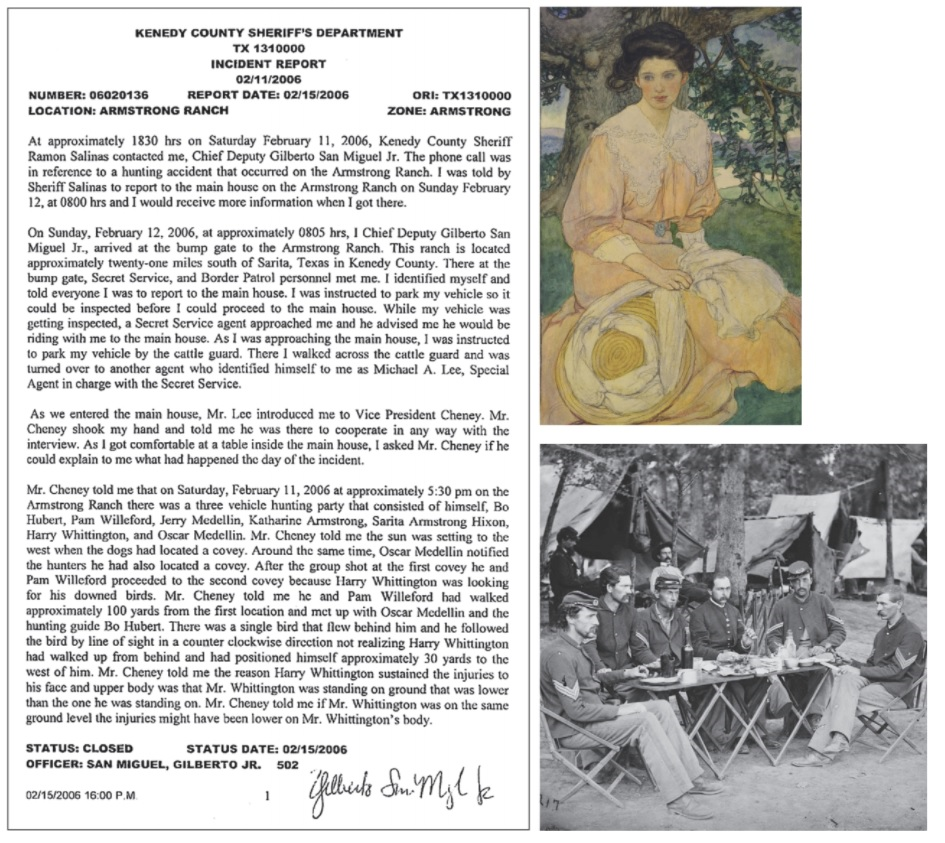
Secondary Sources
Secondary sources are the writings of scholars, experts, and other knowledgeable people who have studied your topic. Scholarly books and articles by historians are secondary sources because their authors analyze and reflect critically on past events. Secondary sources also include books, academic journals, magazines, newspapers, and blogs.
You will usually rely on secondary sources for most college papers. However, you should always look for opportunities to collect evidence from primary sources, such as archives, interviews, surveys, and observations. Collecting your own evidence allows you to confirm or challenge the information you find in secondary sources.
Tertiary Sources
Tertiary sources provide overviews of topics by synthesizing information gathered from other resources. These sources often provide data in a convenient form or provide information with context by which to interpret it.
The distinctions between primary, secondary, and tertiary sources can be ambiguous. An individual document may be a primary source in one context and a secondary source in another. Encyclopedias are typically considered tertiary sources, but a study of how encyclopedias have changed on the Internet would use them as primary sources. Time is a defining element.
While these definitions are clear, the lines begin to blur in the different discipline areas, as demonstrated in the chart below:
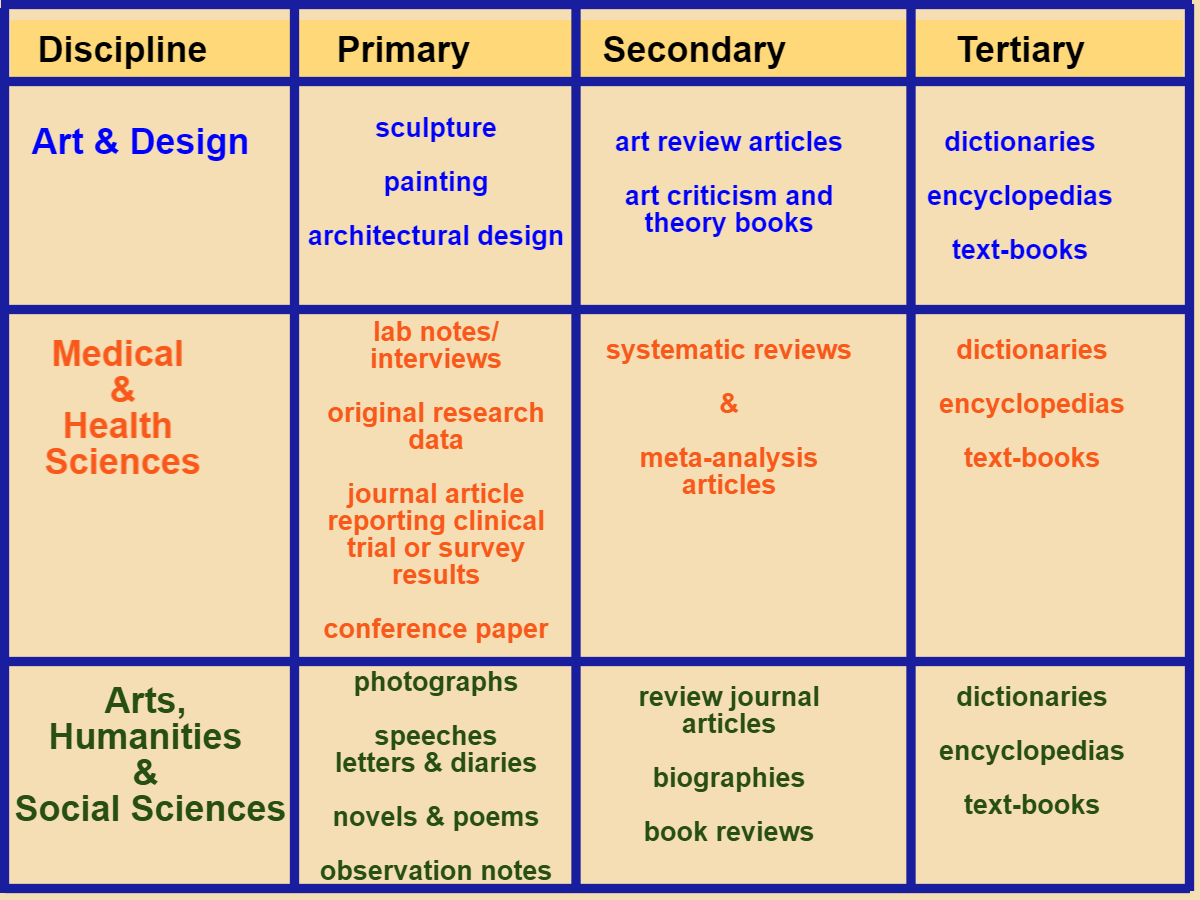
Types of Sources: Electronic, Print, and Empirical
When doing any kind of research, try to collect evidence from a variety of sources and perspectives. If you rely on just one type of source, especially the Internet, you risk developing a limited or inaccurate understanding of your topic. To avoid this problem, you should triangulate your research by looking for evidence from three different types of sources:
- Electronic and online sources: Web sites, podcasts, videos, DVDs, listservs, television, radio, and blogs.
- Print sources: Books, journals, magazines, newspapers, government publications, reference materials, and microform/microfiche.
- Empirical sources: Personal experiences, archives, field observations, interviews, surveys, case studies, and experiments.
Together, these three types of sources are called the research triangle (Fig. 11.2).
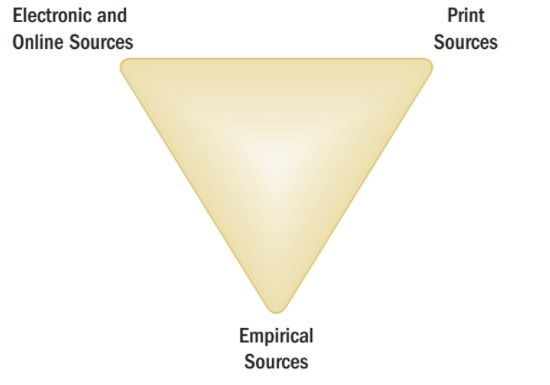
Here’s how the research triangle works:
- Probably reliable: If you collect similar evidence from all three kinds of sources, the evidence you found is probably reliable.
- Somewhat reliable: If you gather com-parable evidence from only two points of the triangle, your findings are prob-ably still reliable but are open to some doubt.
- Unreliable: If you can only find comparable evidence from one point on the triangle, then you should be skeptical. You probably need to do more research to back up your findings with other kinds of primary and secondary sources.
Of course, finding similar evidence in all three types of sources doesn’t make something true. It just means the evidence is probably trustworthy. Triangulation is a good way to evaluate your sources and corroborate the facts you uncover about your topic, but it won’t guarantee the truth of what you find. Also, remember that there are always at least two sides to any issue. So don’t just look for sources that support your working thesis. Even if you completely disagree with one of your sources, its argument and evidence might give you a stronger understanding of your own position.
| Electronic Sources | Print Sources | Empirical | |
| Pros: | Easy to access; immediate answers | Reliable; generally trustworthy | Specificity; ensures accuracy |
| Cons: | Unreliable; can be biased | Timeliness | Requires extra time, effort, skill |
Types of Sources: Popular vs. Scholarly
Research-based writing assignments in college will often require that you use scholarly sources in the essay. Different from the types of popular sources found in newspapers or magazines, scholarly sources have a few distinguishing characteristics.
|
|
Popular Source |
Scholarly Source |
|
Intended Audience |
Broad: readers are not expected to know much about the topic already |
Narrow: readers are expected to be familiar with the topic before-hand |
|
Author |
Journalist: may have a broad area of specialization (war correspondent, media critic) |
Subject Matter Expert: often has a degree in the subject and/or extensive experience on the topic |
|
Research |
Includes quotes from interviews. No bibliography. |
Includes summaries, paraphrases, and quotations from previous writing done on the subject. Footnotes and citations. Ends with bibliography. |
|
Publication Standards |
Article is reviewed by editor and proofreader |
Article has gone through a peer-review process, where experts on the field have given input before publication |
The first step in finding scholarly resources is to look in the right place. Sites like Google, Yahoo, and Wikipedia may be good for popular sources, but if you want something you can cite in a scholarly paper, you need to find it from a scholarly database. Your school library pays to subscribe to these databases, to make them available for you to use as a student.
Evaluating Sources
When you search for information, you’re going to find lots of it . . . but is it good information? You will have to determine that for yourself, and the CRAAP Test can help. The CRAAP Test is a list of questions to help you evaluate the information you find. Different criteria will be more or less important depending on your situation or need. The CRAAP Test was developed by the Meriam Library of California State University, Chico. You have read and/or save a handout they developed for the CRAAP test here.
1. Currency: The timeliness of the information.
- When was the information published or posted?
- Has the information been revised or updated?
- Does your topic require current information, or will older sources work as well?
- Are the links functional?
Depending on your topic, sources can quickly become obsolete. In some fields, like cancer research, a source that is only a few years old might already be out of date. In other fields, like geology or history, data or facts that are decades old might still be relevant today. So pay attention to how rapidly the field is changing. You can consult your professor or a research librarian about whether a source should be considered up to date.
2. Relevance: The importance of the information for your needs.
- Does the information relate to your topic or answer your question?
- Who is the intended audience?
- Is the information at an appropriate level (i.e. not too elementary or advanced for your needs)?
- Have you looked at a variety of sources before determining this is the one you will use?
- Would you be comfortable citing this source in your research paper?
Your task as a researcher is to determine the appropriateness of the information your source contains, for your particular research project. It is a simple question, really: will this source help me answer the research questions that I am posing in my project? Will it help me learn as much as I can about my topic? Will it help me write an interesting, convincing essay for my readers?
3. Authority: The source of the information.
- Who is the author / publisher / source / sponsor?
- What are the author’s credentials or organizational affiliations?
- Is the author qualified to write on the topic?
- Is there contact information, such as a publisher or email address?
- Does the URL reveal anything about the author or source (examples: .com .edu .gov .org .net)?
To determine whether a source’s author and publisher are trustworthy, you should use an Internet search engine to check out their backgrounds and expertise. If you cannot find further information about the author or publisher—or if you find questionable credentials or reputations—you should look for other sources that are more credible.
4. Accuracy: The reliability, truthfulness, and correctness of the content.
- Where does the information come from?
- Is the information supported by evidence?
- Has the information been reviewed or refereed?
- Can you verify any of the information in another source or from personal knowledge?
- Does the language or tone seem unbiased and free of emotion?
- Are there spelling, grammar or typographical errors?
You should be able to confirm your source’s evidence by consulting other independent sources. If just one source offers a specific piece of evidence, you should treat it as unverified and use it cautiously, if at all. If multiple sources offer the same or similar kinds of evidence, then you can rely on those sources with much more confidence.
5. Purpose: The reason the information exists.
- What is the purpose of the information? Is it to inform, teach, sell, entertain or persuade?
- Do the authors / sponsors make their intentions or purpose clear?
- Is the information fact, opinion or propaganda?
- Does the point of view appear objective and impartial?
- Are there political, ideological, cultural, religious, institutional or personal biases?
All sources have some bias because authors and publishers have their own ideas and opinions (see Figure 11.3). When you are assessing the bias of a source, consider how much the author or publisher wants the evidence to be true. If it seems like the author or publisher would only accept one kind of answer from the outset (e.g., “climate change is a liberal conspiracy”), the evidence should be considered too biased to be reliable. On the other hand, if the author and publisher seem open to a range of possible conclusions, you can feel more confident about using the source.
TIP: As a researcher, you need to keep your own biases in mind as you assess your sources. Try viewing your sources from alternative perspectives, even perspectives you disagree with. Knowing your own biases and seeing the issue from other perspectives will help you gain a richer understanding of your topic. With that in mind, the following types of sources generally are not acceptable for an academic essay in college, although that depends on the nature of the essay:
- Blogs, podcasts, and anything else that is clearly opinion-based
- Social Media
- Wikis
- Anything with a clear political or religious agenda
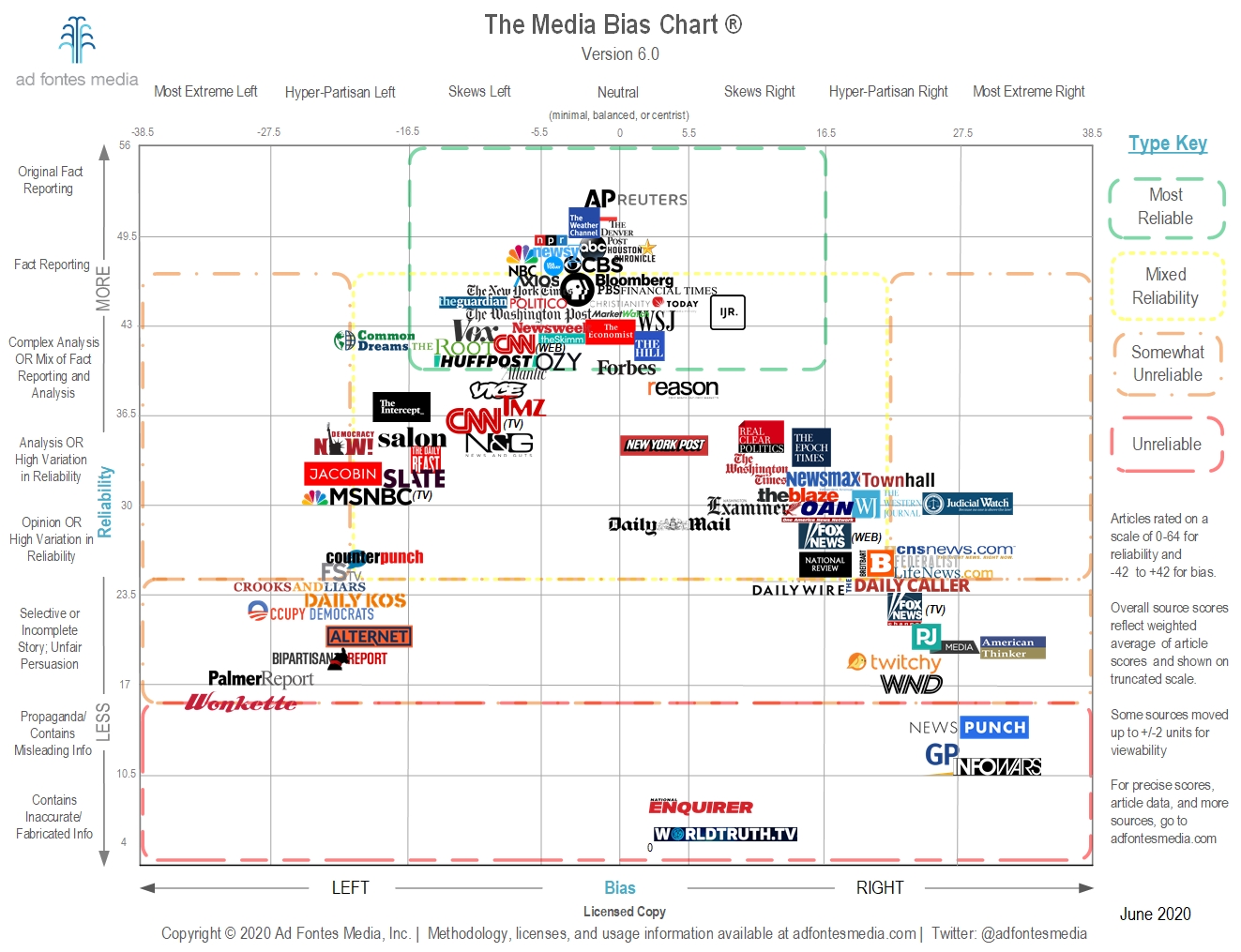
Why Is Evaluating Research Important?
A few years ago, a little-known animal species suddenly made headlines. The charming but elusive Tree Octopus became the focal point of internet scrutiny.
If you’ve never heard of the Pacific Northwest Tree Octopus, take a few minutes to learn more about it on this website, devoted to saving the endangered species. You can also watch this brief video for more about the creatures:
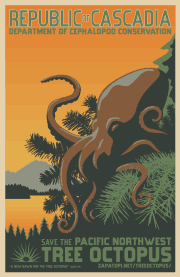
If you’re starting to get the feeling that something’s not quite right here, you’re on the right track. The Tree Octopus website is a hoax, although a beautifully done one (Figure 11.4). There is no such creature, unfortunately.
Many of us feel that “digital natives”–people who have grown up using the internet–are naturally web-savvy. However, a 2011 U.S. Department of Education study that used the Tree Octopus website as a focal point revealed that students who encountered this website completely fell for it. According to an NBC news story by Scott Beaulieu, “In fact, not only did the students believe that the tree octopus was real, they actually refused to believe researchers when they told them the creature was fake.”
While this is a relatively harmless example of a joke website, it helps to demonstrate that anyone can say anything they want on the internet. A good-looking website can be very convincing, regardless of what it says. The more you research, the more you’ll see that sometimes the least-professional-looking websites offer the most credible information, and the most-professional-looking websites can be full of biased, misleading, or outright wrong information.
There are no hard and fast rules when it comes to resource reliability. Each new source has to be evaluated on its own merit, and this chapter will offer you a set of tools to help you do just that.
The tips and techniques you learned in this chapter will enable you to find, analyze, integrate, and document sources in your research.
Immediate, first-hand accounts of a topic, from people who had a direct connection with it.
One step removed from primary sources (though they often quote or otherwise use primary sources), secondary sources can cover the same topic, but add a layer of interpretation and analysis.
A source that indexes, abstracts, organizes, compiles, or digests other sources.
Sources that require an Internet connection and/or electronic device (computer, DVD player, radio, television, etc.) to access. For example: websites, podcasts, videos, movies, television shows, audio recordings.
Sources that were originally intended to be accessed and read in physical, printed form. For example: books, newspapers, magazines, journals, newsletters, other periodicals or publications.
Source material that was collected by the researcher and analyzed for research purposes. For example: Personal experiences, field observations, interviews, surveys, case studies, experiments.
A source written by experts in a particular field that serves to keep others interested in that field up to date on the most recent research, findings, and news (also called peer-reviewed or academic sources).
A source intended for a general audience of readers and written typically to entertain, inform, or persuade.
The timeliness of source information.
The importance of source information in connection to an essay's needs.
The credibility, qualifications, expertise, and experience of a source's author.
The reliability, truthfulness, and correctness of a source's information.
The goal or objective that the creator of a message is trying to achieve by communicating that message.
